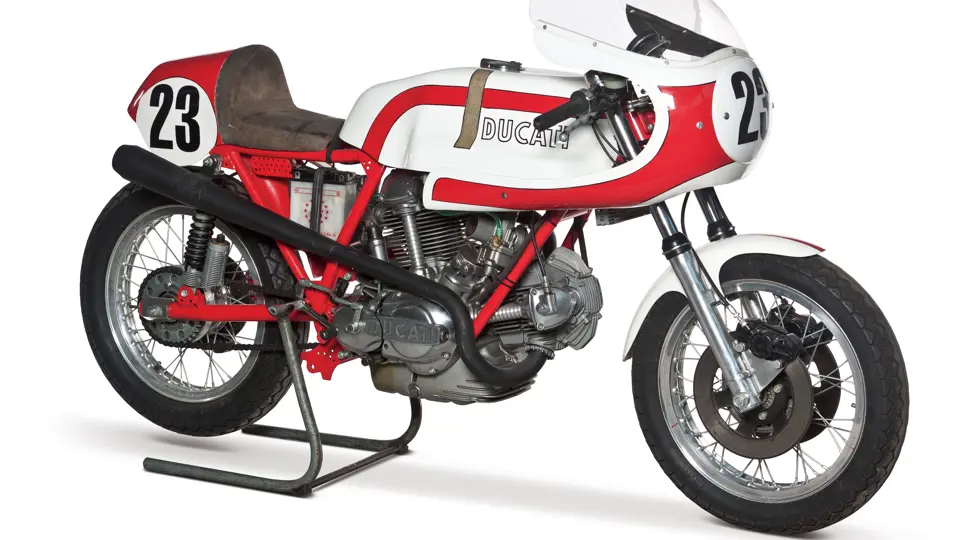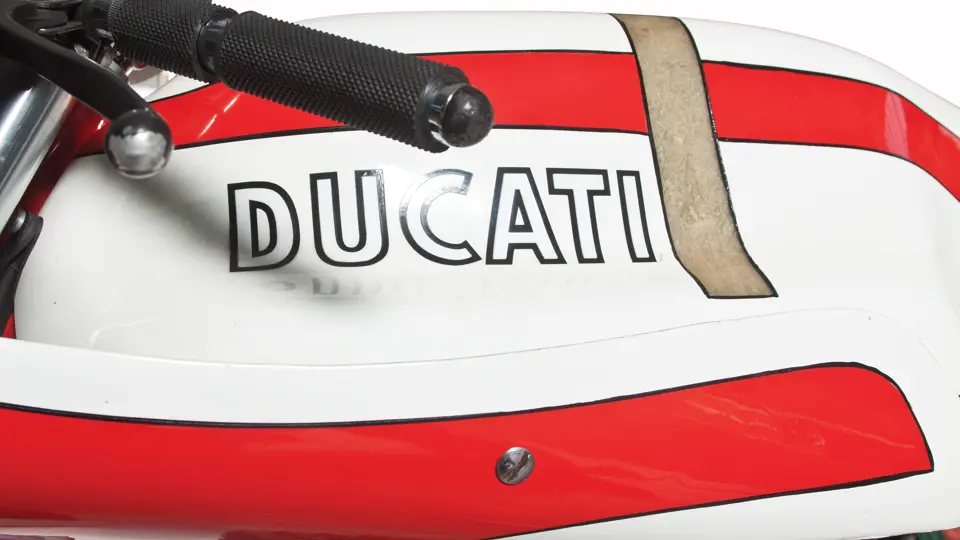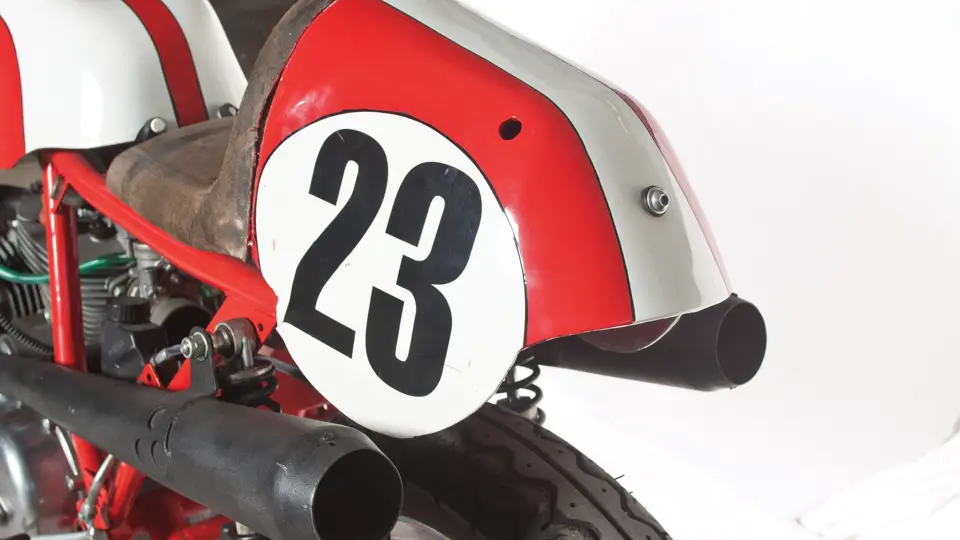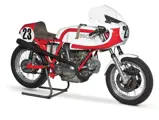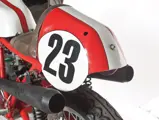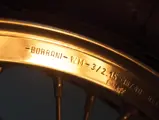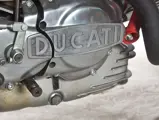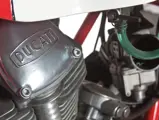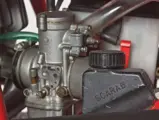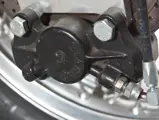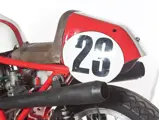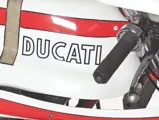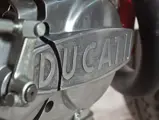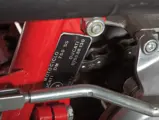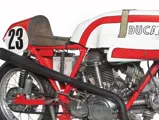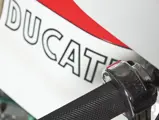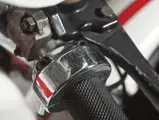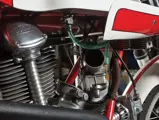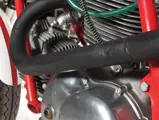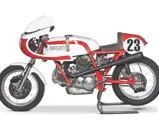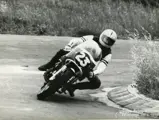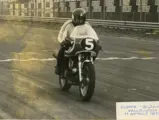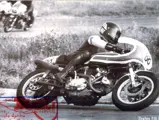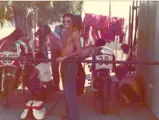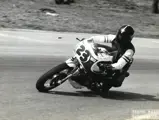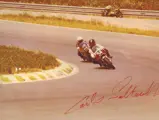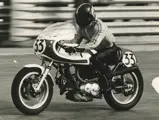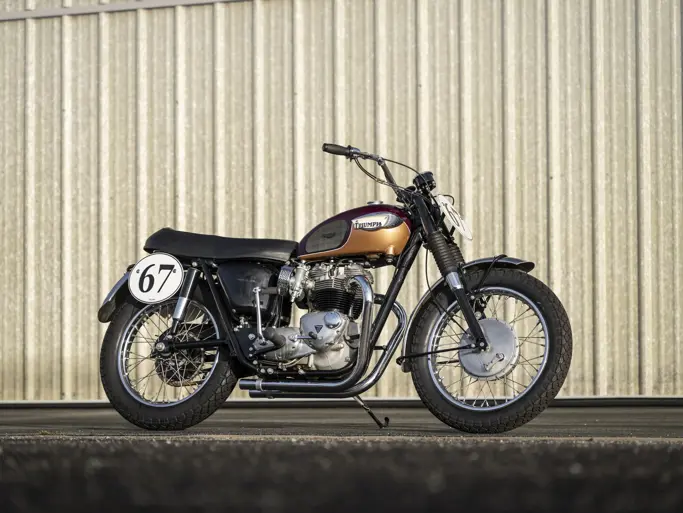Specifications: 748 cc SOHC Desmo V-twin, five speeds.
Ducati shook up the racing world at Imola in 1972, when Paul Smart and Bruno Spaggiari ran away from world champion Giacomo Agostini on the works MV Agusta to win the Imola 200 and introduce the amazing 750-cc Desmo V-twin. Fastest lap was shared by Smart, Spaggiari and Agostini at 100.1 mph.
For 1973 Fabio Taglioni was given the OK to build a new series of race bikes to compete with the two-stroke Suzukis and Yamahas. He revised the frame significantly, making it shorter and lighter to accommodate a more compact, more powerful engine, and replaced the Marzocchi leading axle forks with centre axle type, to cure high-speed wobbles. This worked so well that it was included in the 750 SS and 900 SS models throughout their nine-year production.
By using the 86-mm pistons from the 450 racer of 1970, Taglioni was able to shorten the stroke and increase the rev limit by 1,000 rpm, to 10,200 rpm. To take advantage of the higher revs, a new head was designed with valve angles of 60 degrees from the previous 80 degrees. Connecting rods and rockers were machined out of solid billet, and a dry clutch replaced the wet one; both exhausts were now high-rise. Front brakes were moved to a forward mount and made by Scarab to a Lockheed pattern.
Ducati entered three bikes for the 1973 Imola race, with Bruno Spaggiari, Bruno Kneubueller and Mick Grant, and a 750 SS prototype, ridden by Claudio Loigo. Spaggiari finished 2nd overall, with a 2nd place in the first leg and 3rd in the second leg. Kneubueller set the fastest lap but crashed, and Mick Grant burned out his clutch at the start. Loigo finished 15th on the stock 750 SS.
In 1974 Spaggiari returned with the same bike, finishing 8th in the first leg and retiring in the 2nd. Time was against the 750, which hadn’t had any more development, and in 1975 Spaggiari elected to manage the team. Paul Smart crashed and Franco Uncini finished 21st. However Uncini went on to contest the 1975 Junior Italian Championship on Spaggiari’s 750 SS and won 15 of 21 races.
The bike on offer here was prepared at Reparto Corse Ducati with the help of Franco Farne and is Carlo Saltarelli’s own 750 SS which he campaigned as a privateer in both 1974 and 1975. It was painted grey in 1974, then carrying race number 43, and then repainted white and red, carrying number 23, as it is presented today.
The frame and engine numbers suggest this machine left the factory as a 750GT and was up-rated to the competition specification in period. The comprehensive specification includes Marzocchi front forks, adjustable rear Marzocchi shocks, Scarab brakes, Veglia competition tachometer, Tommaselli handlebars, front oil cooler, competition exhaust, competition camshafts, twin Dell’Orto PHM 40-mm carburettors, lightweight clutch, lightweight pistons and Borrani rims.
Race Results
1974 Trofeo Magnani – Monza – 2nd place.
1974 Trofeo Campidoglio – Vallelunga
1974 Trofeo Kawasaki – Vallelunga – DNF.
1975 Trofeo Sud – Pergusa, Sicily, 31 August – 3rd Overall.
1975 Gare Nazionale Al Santamonica, 31 March – 1st Place in first race, 5th in final.
1975 Trofeo Magnani Santamonica, 14 September – 3rd place
1975 Trofeo Magnani – Misano – 21 September – 3rd place (1st place Franco Uncini, Works rider, second Sartini with Suzuki).
1975 European Championship 8 Hours – Mugello – 2nd Overall in 750 cc Class (Carlo Saltarelli and Giuliano Ermanno).
1975 Monza 500KM – 2nd Overall.
1975 Misano – 4 hour race – 1st in 750cc class (Saltarelli and Bennini ); 2nd Overall.
1975 Trofeo Magnani –Vallelunga – 18 October – 2nd in the first race, 12th in final race; 3rd place as privateer (1st place was Uncini, 2nd place Perugini, both Works Ducati).
1975 Trofeo Sidam – Vallelunga – 4th Overall.
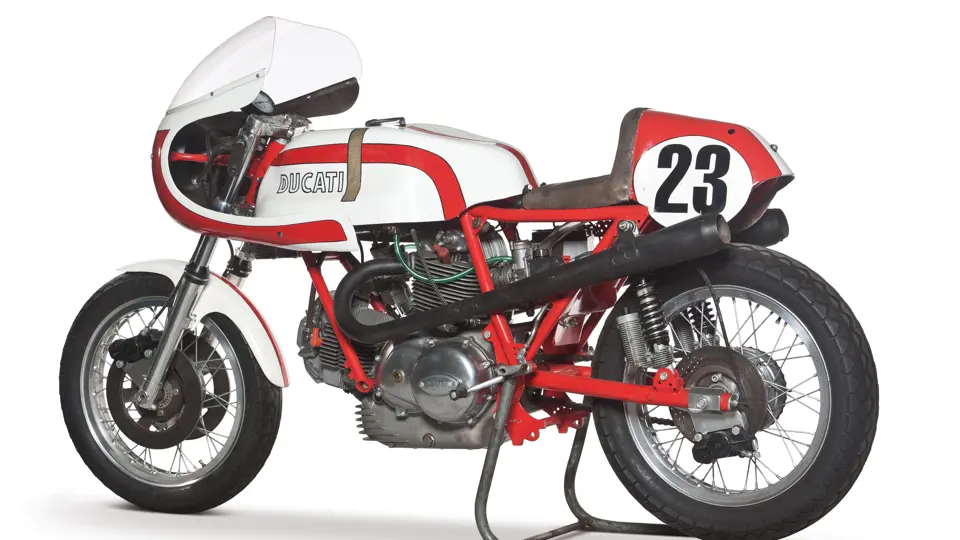




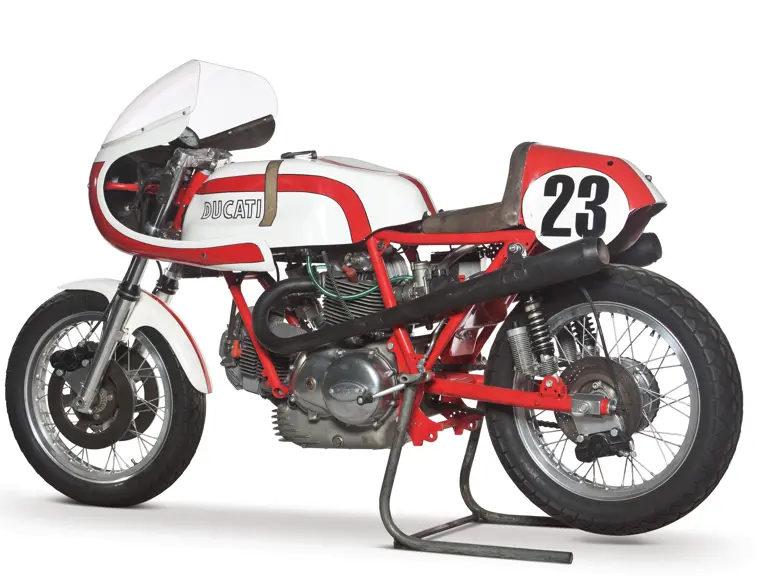
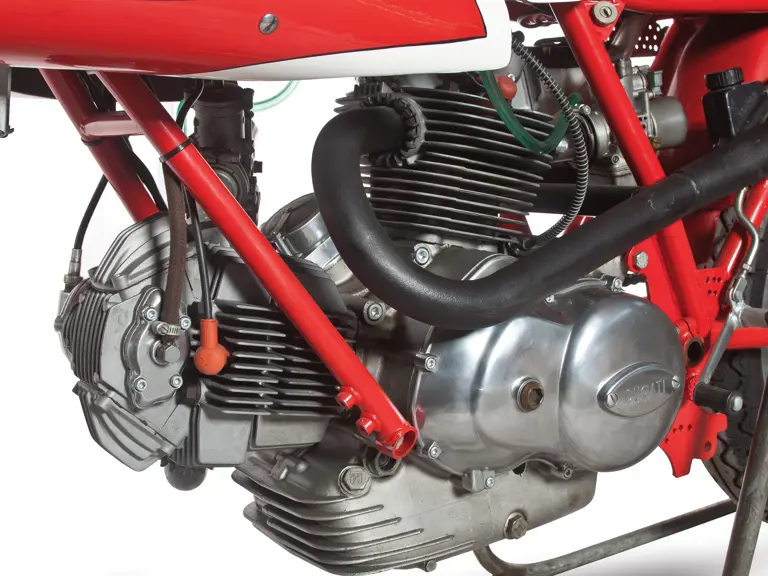
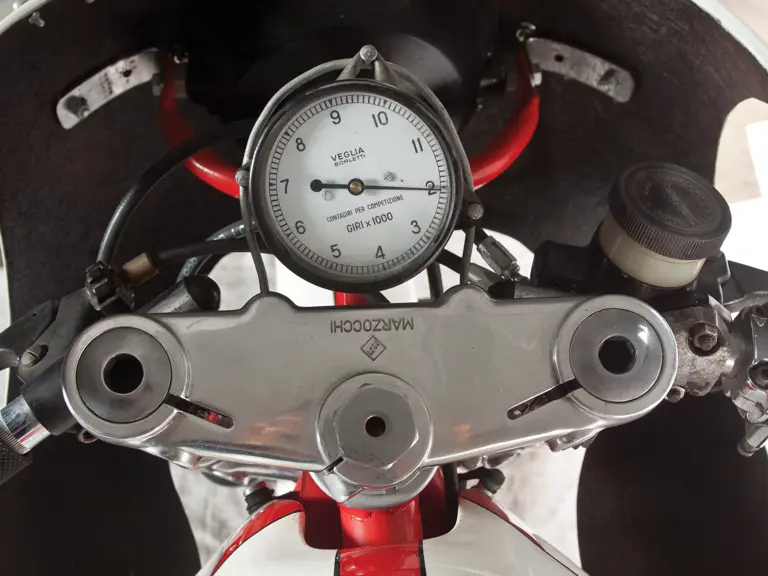
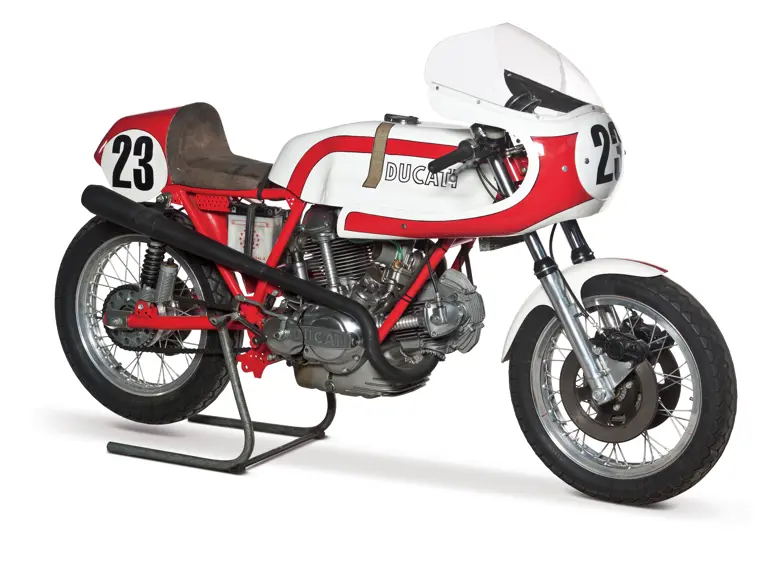
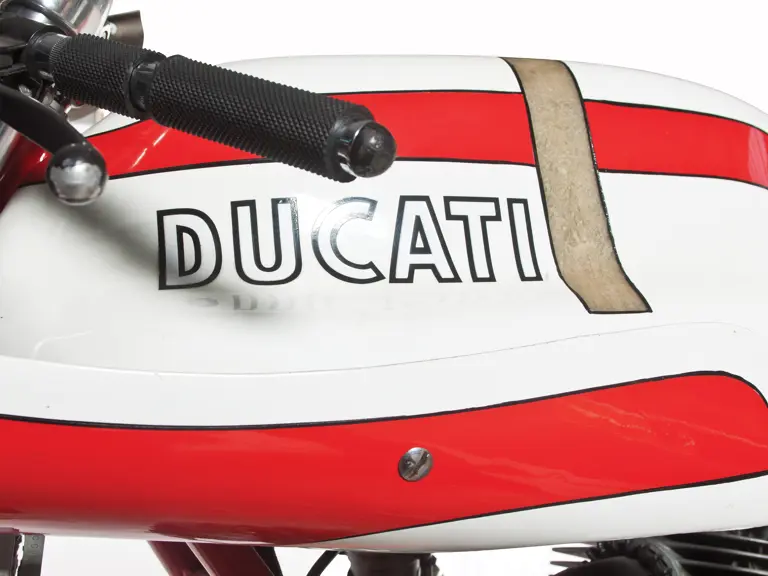
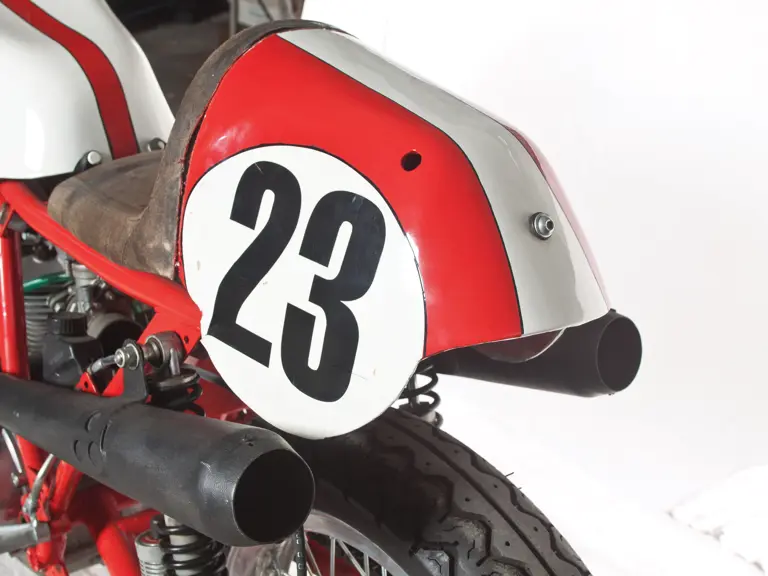
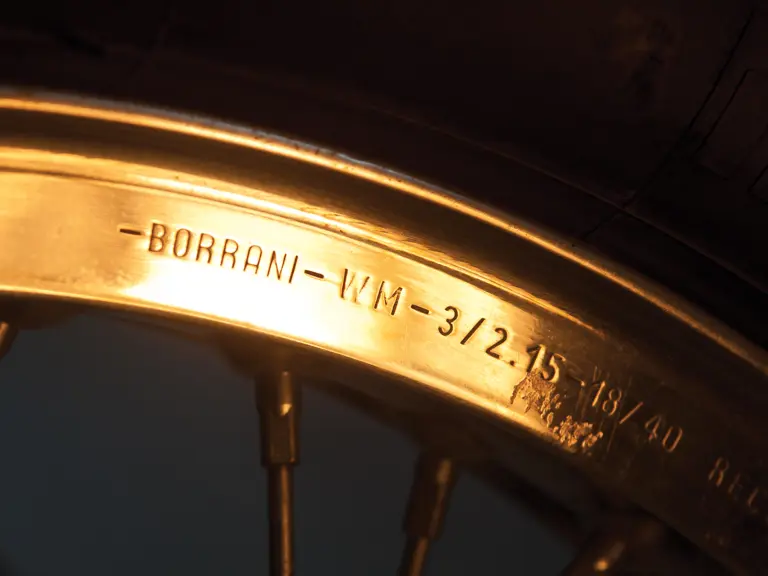
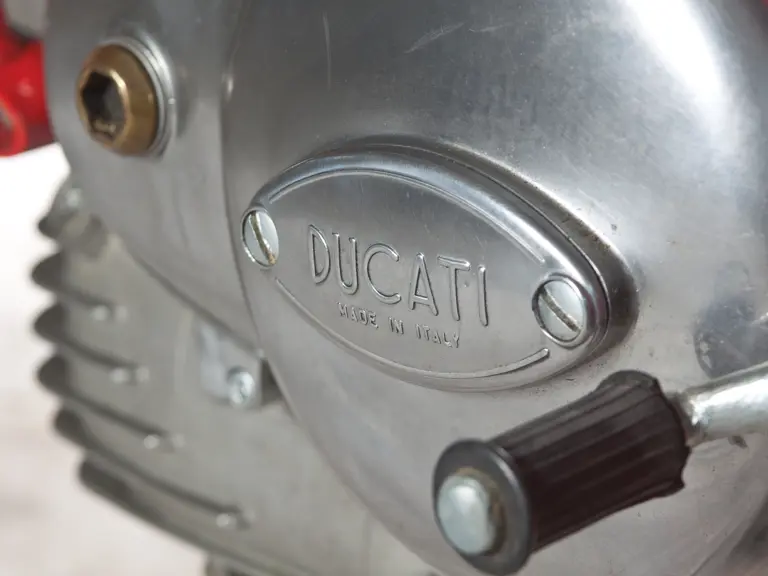

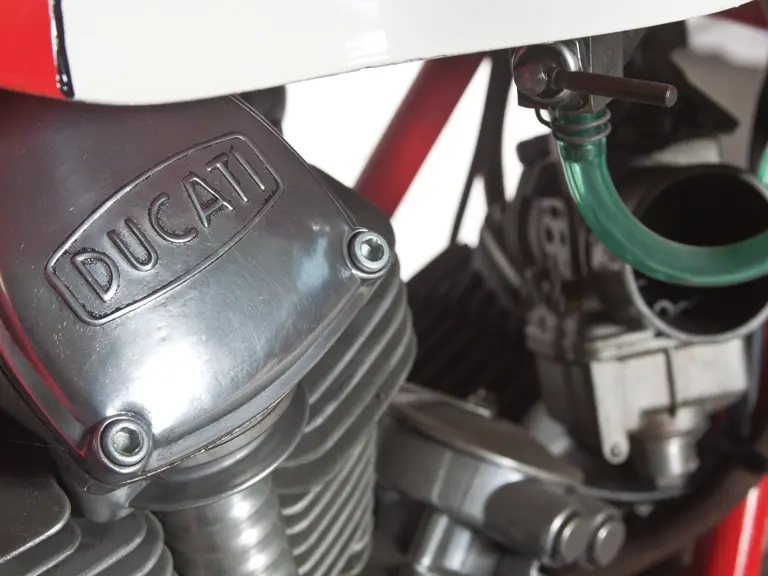

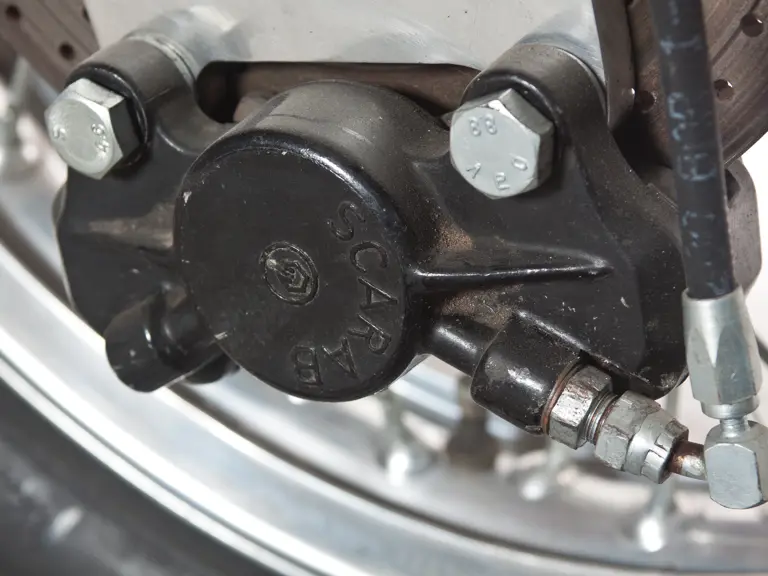
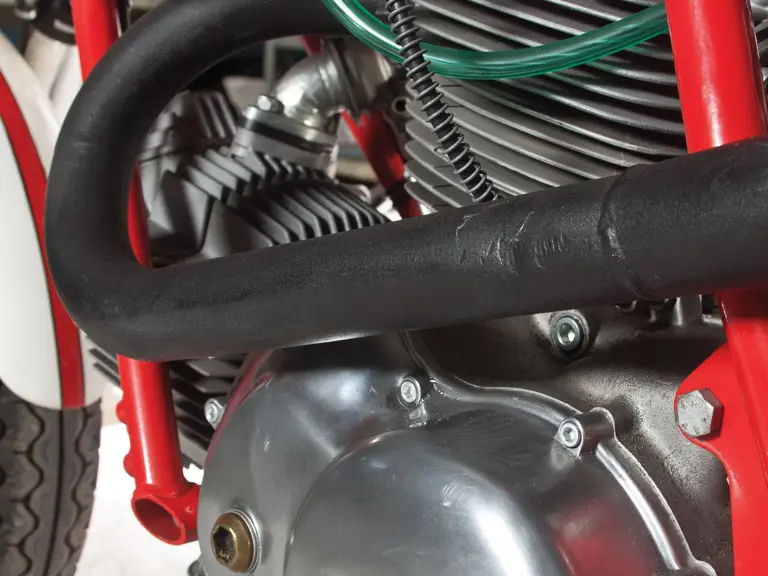
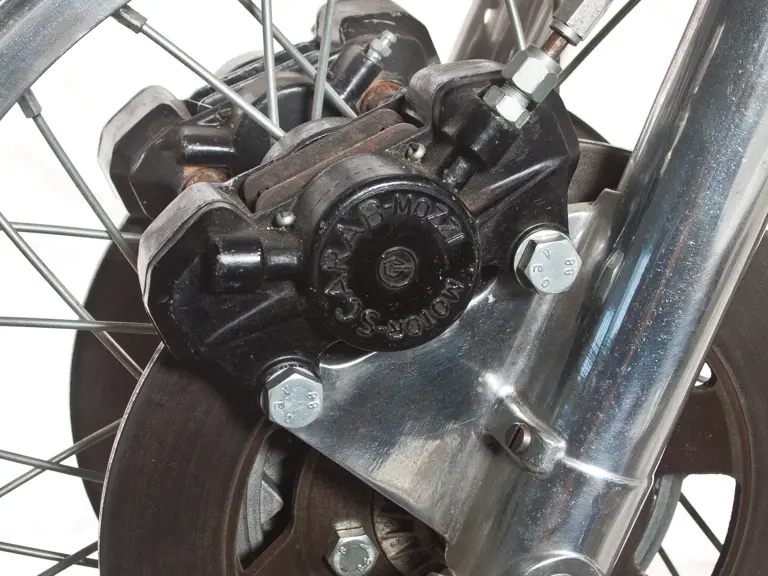

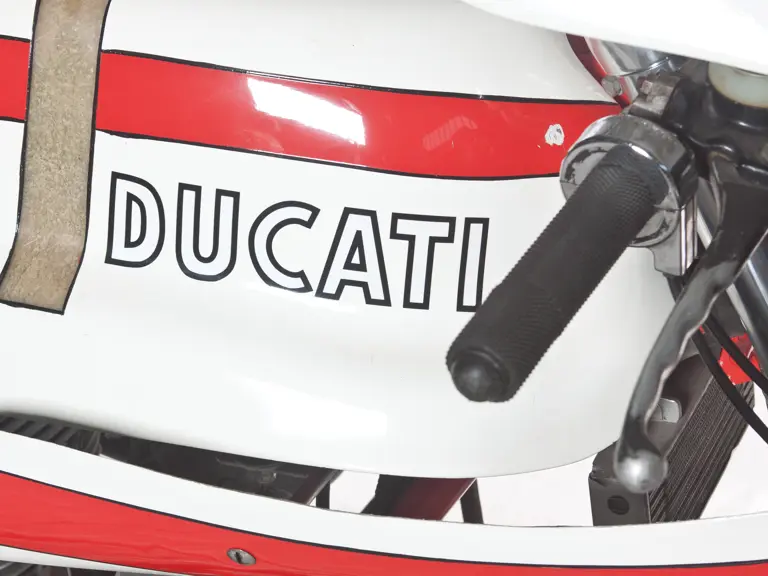

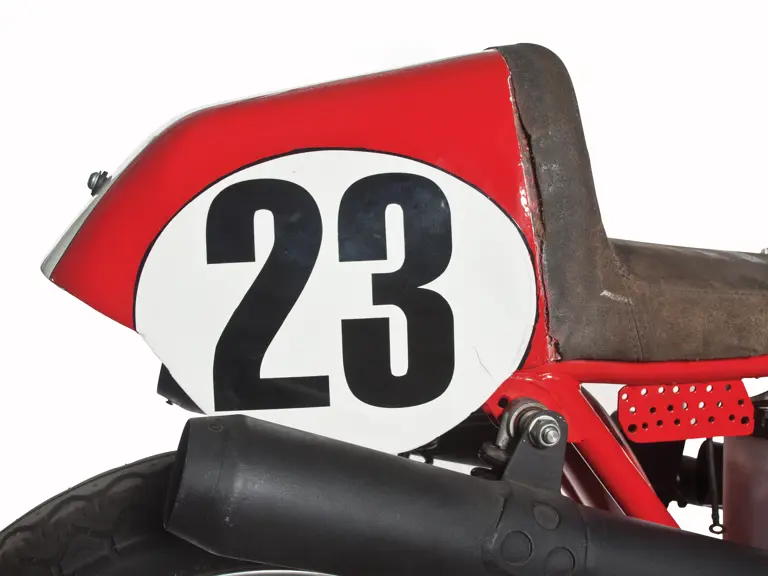
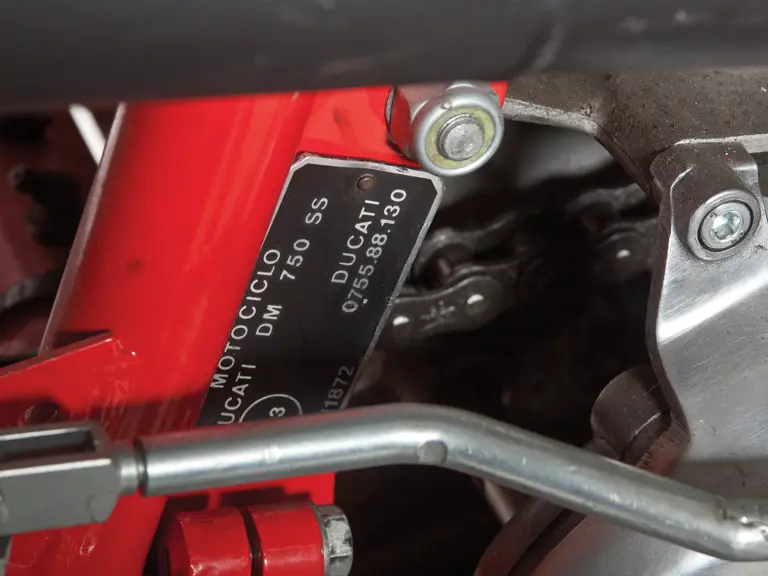

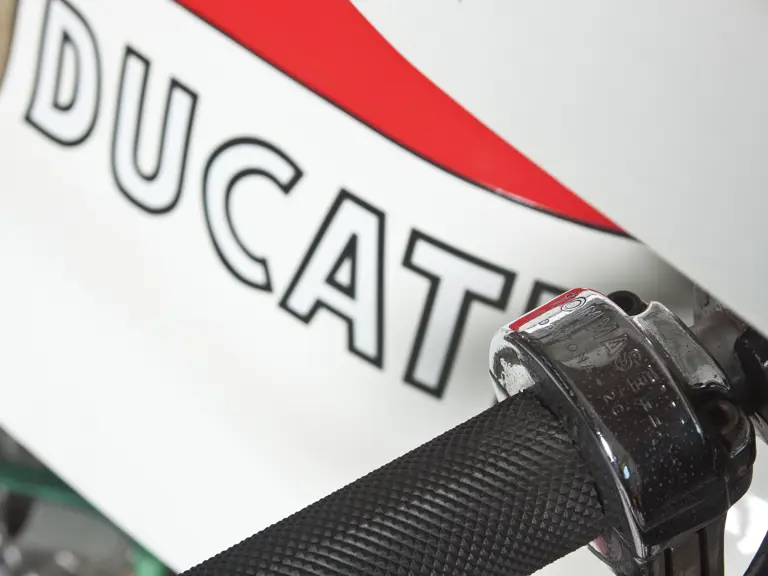
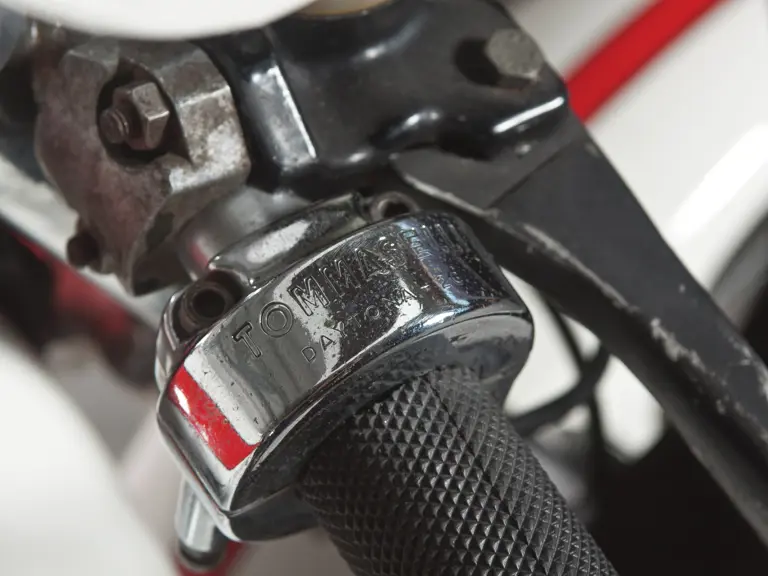
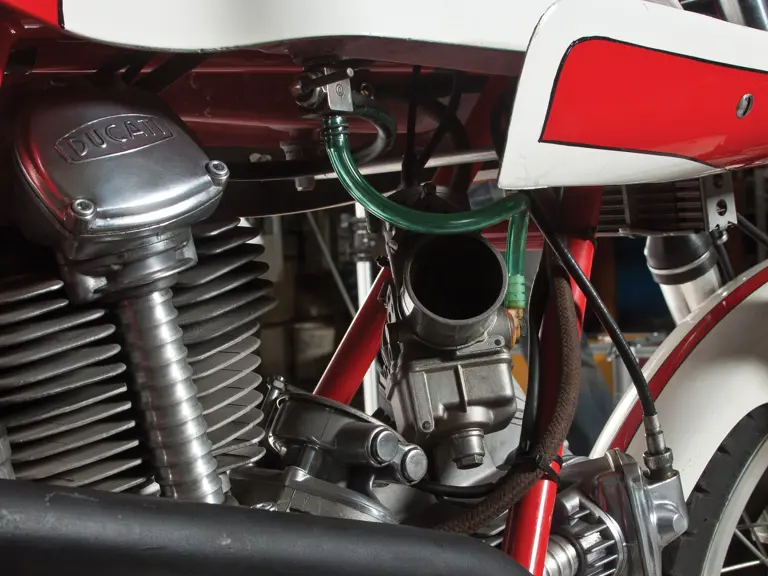

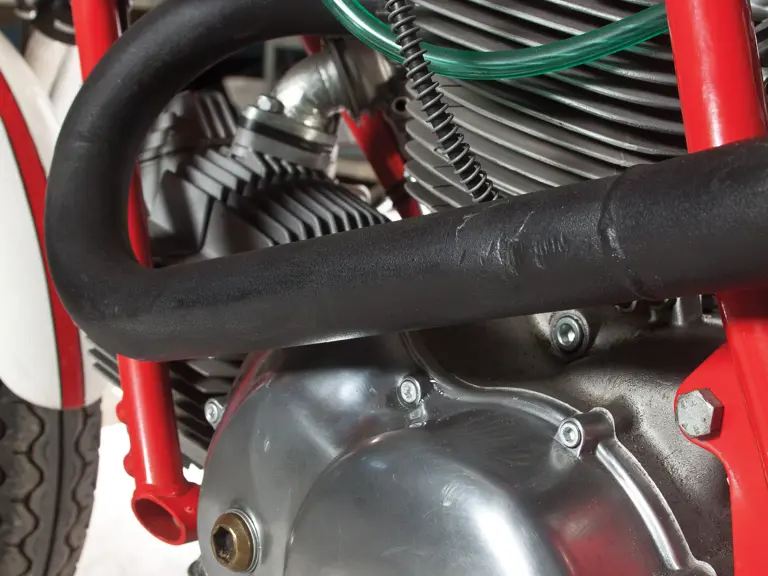

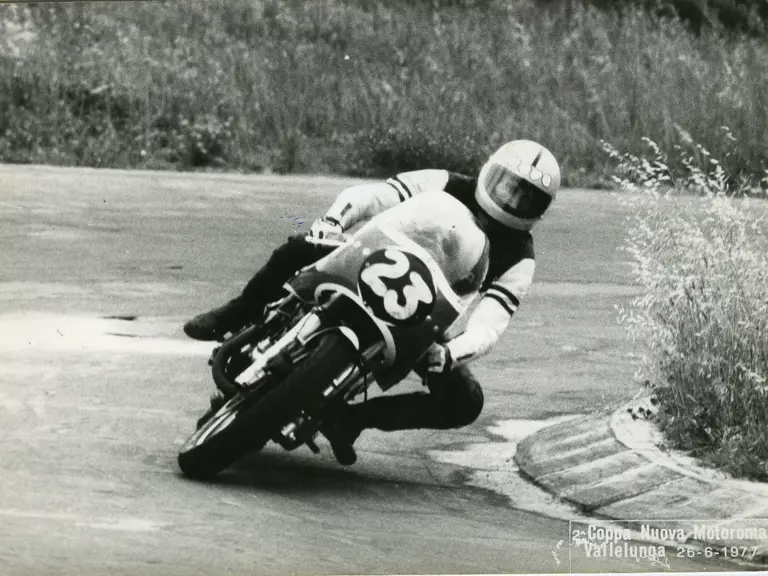
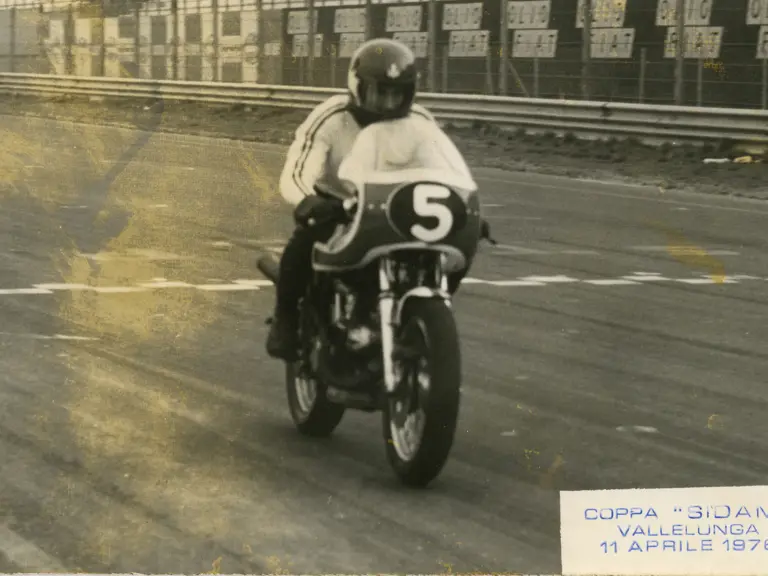
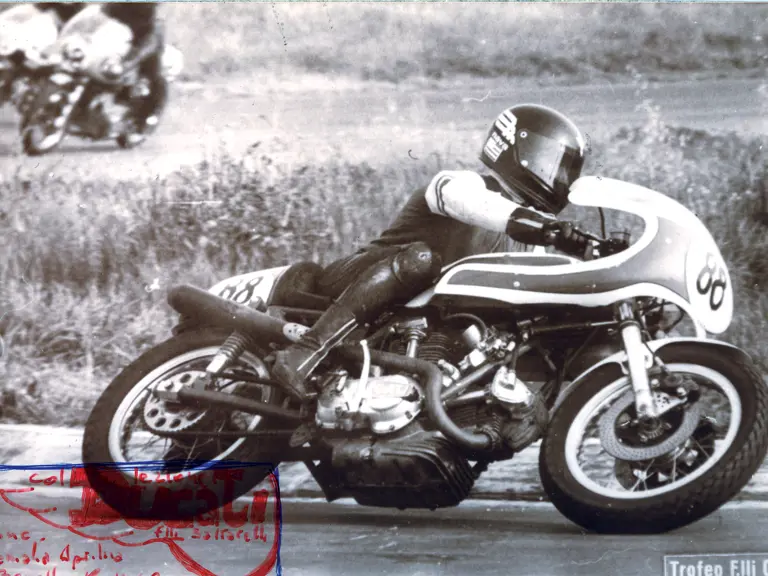

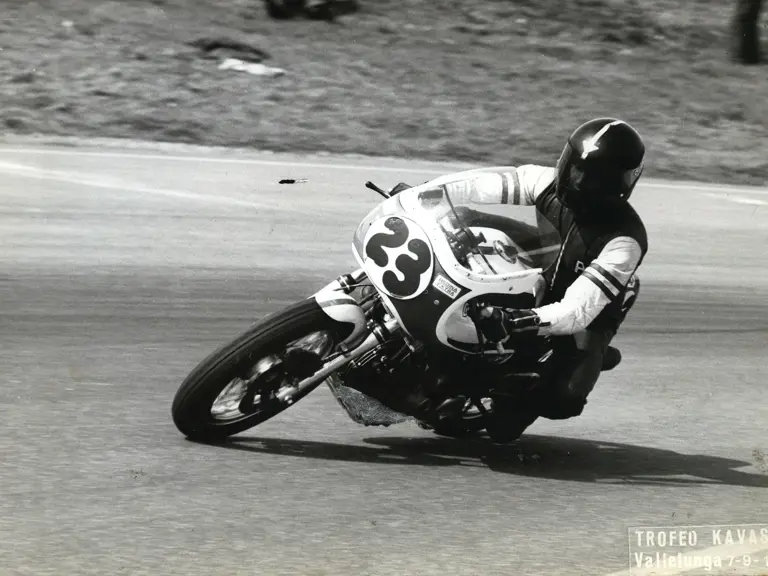

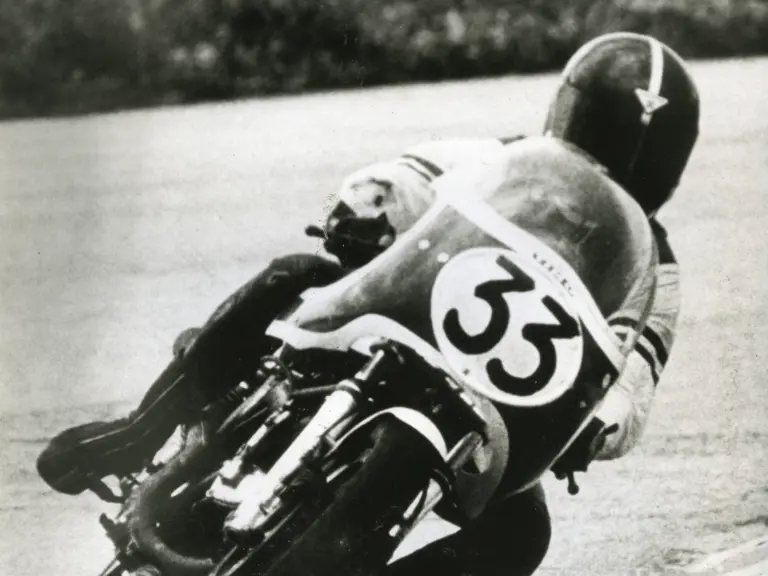
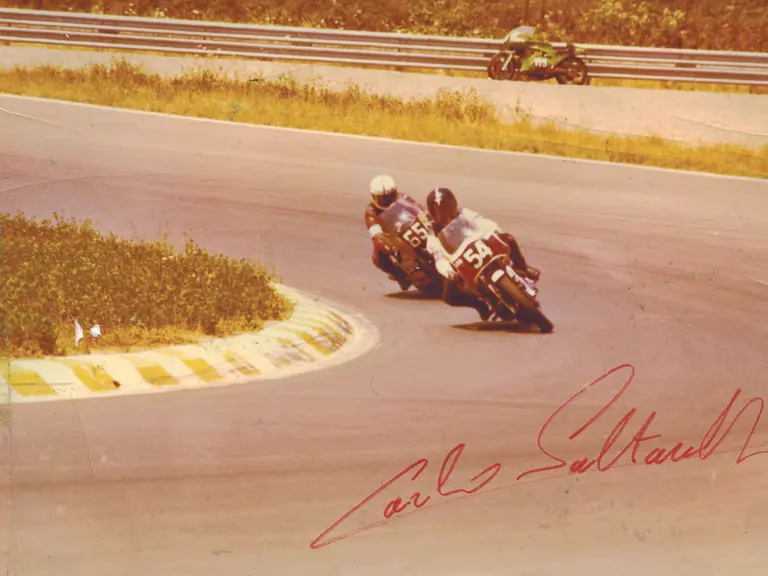

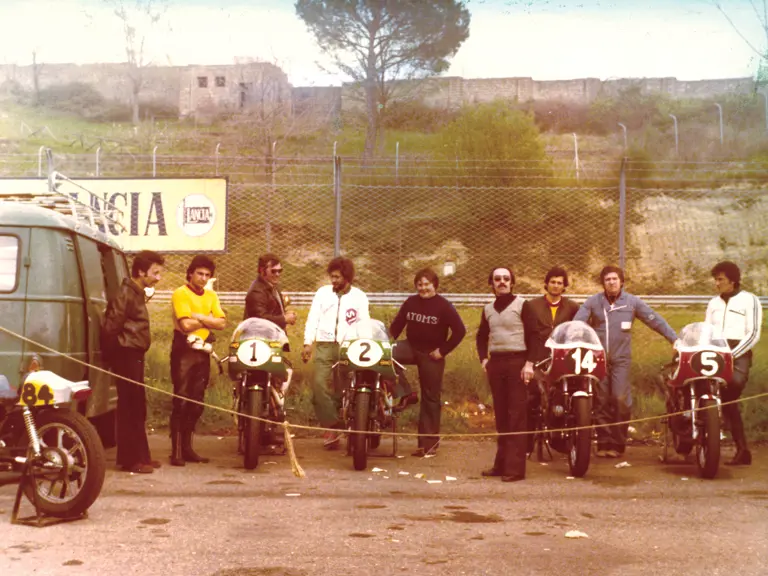
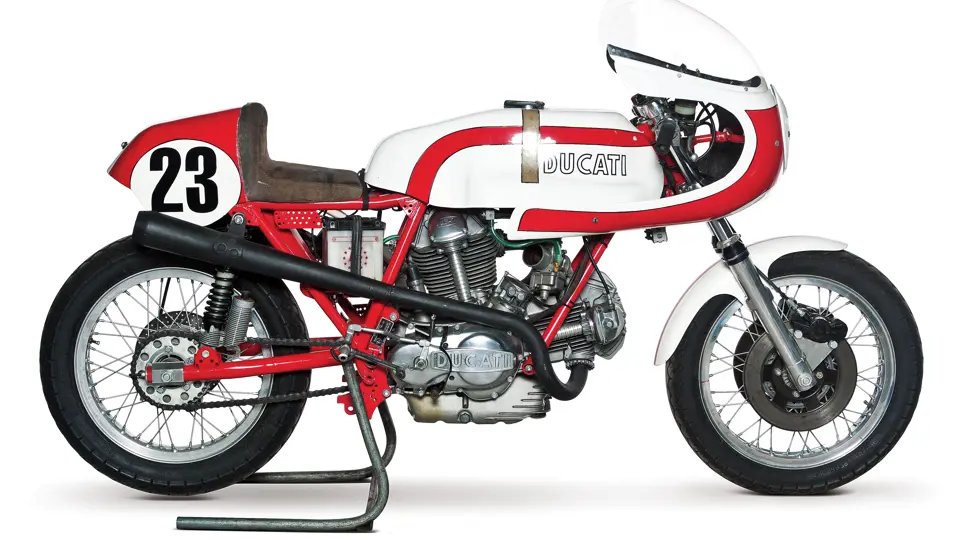
 | Monaco, Monaco
| Monaco, Monaco
